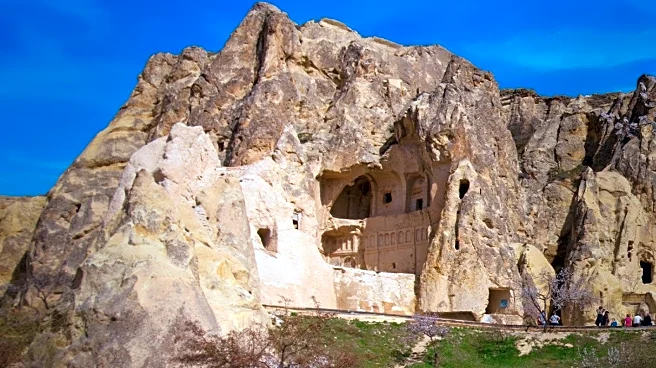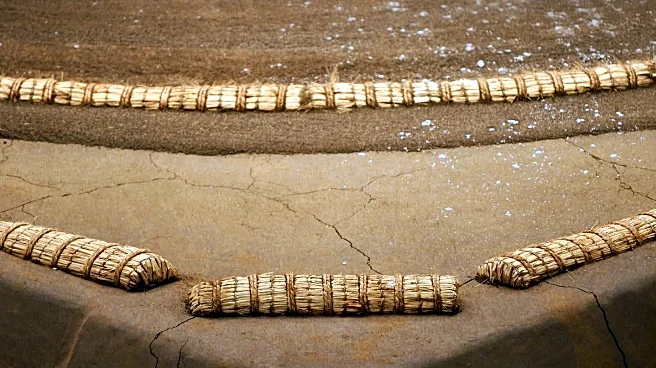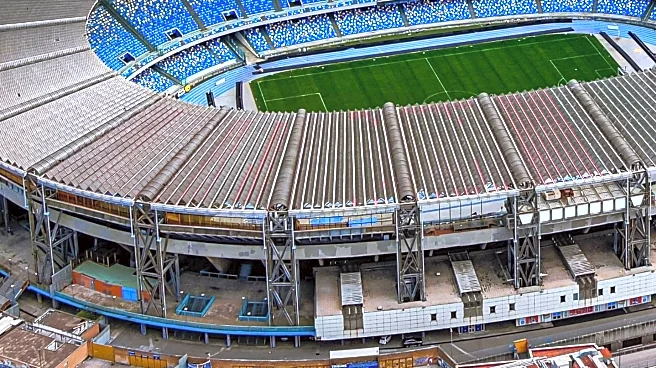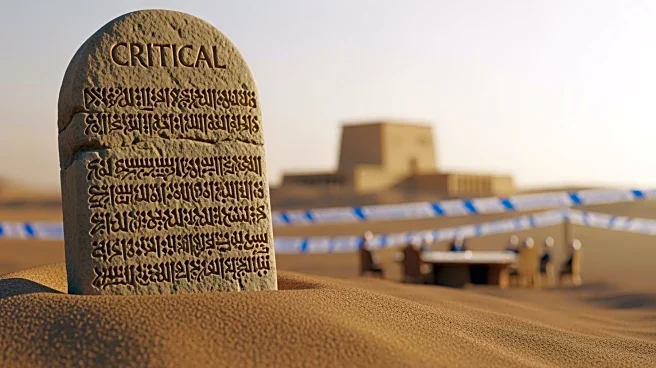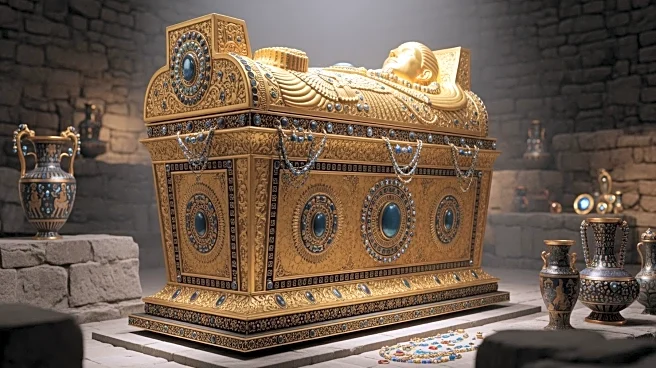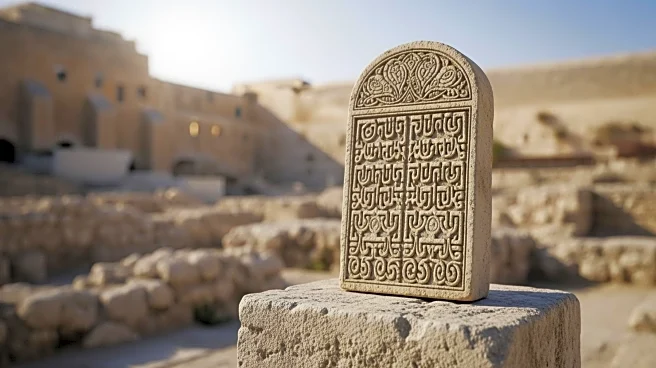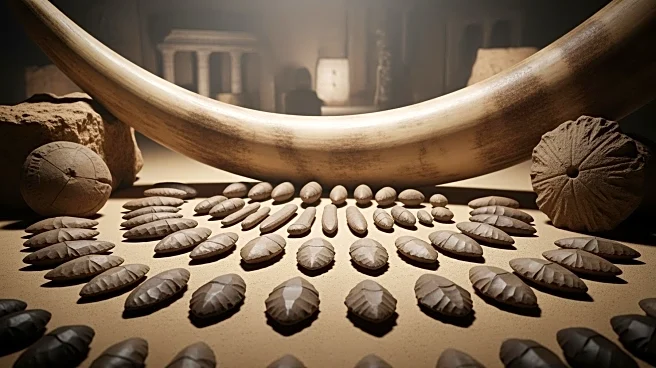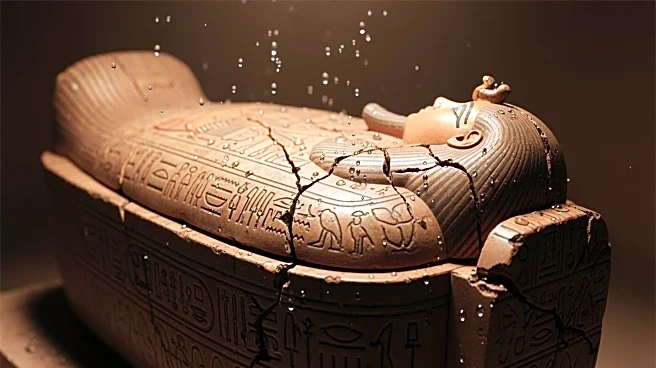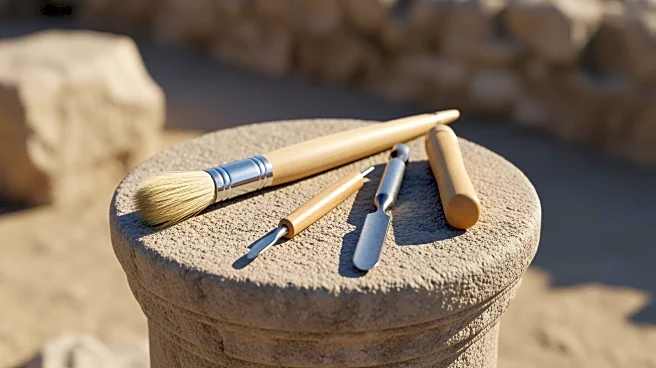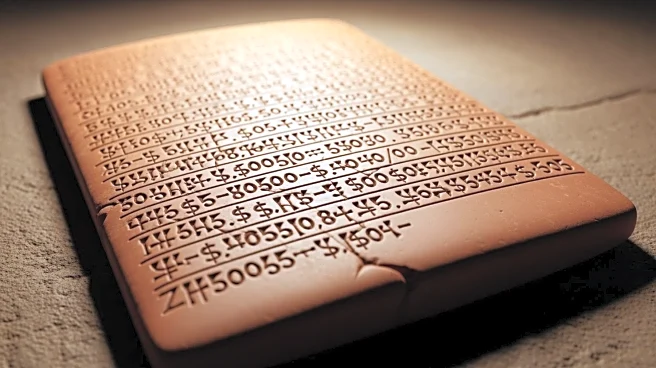What's Happening?
Delikli Cave, located in the Adilcevaz district near Lake Van, has become a significant archaeological site revealing human activity dating back over 8,000 years. Excavations led by the Ahlat Museum and supported by Türkiye’s Ministry of Culture and Tourism
have uncovered five distinct cultural layers, including Neolithic obsidian tools, Urartian-era burials, and medieval structures. These findings provide insights into the cultural evolution and settlement patterns in eastern Anatolia, highlighting the cave's role as a resource hub for ancient communities.
Why It's Important?
The discoveries at Delikli Cave are reshaping the understanding of prehistoric life in Eastern Anatolia and Southwest Asia. The obsidian tools and handmade ceramics fill gaps in the archaeological record, offering new perspectives on early human societies. The site's continuous use through various historical periods underscores its significance in cultural exchange and human settlement. These findings contribute to a broader understanding of the region's history and its role in ancient trade networks.
What's Next?
Future excavations at Delikli Cave aim to explore prehistoric settlement networks and the trade in obsidian tools further. The Ahlat Museum plans ongoing conservation and laboratory analysis to deepen the understanding of these discoveries. As research continues, Delikli Cave promises to offer more insights into the ancient world, potentially influencing archaeological interpretations across the region.
Beyond the Headlines
The continuity of human presence at Delikli Cave through different historical periods highlights the site's cultural and historical significance. The findings demonstrate how the cave was reused and modified over centuries, linking various historical horizons in a single location. This continuity offers a rare glimpse into the long-term human interaction with the environment and cultural adaptation.
